Full Art Mode
Exit Full Art Mode by clicking on Page or ESCTouch screen to exit Full Art Mode
skip
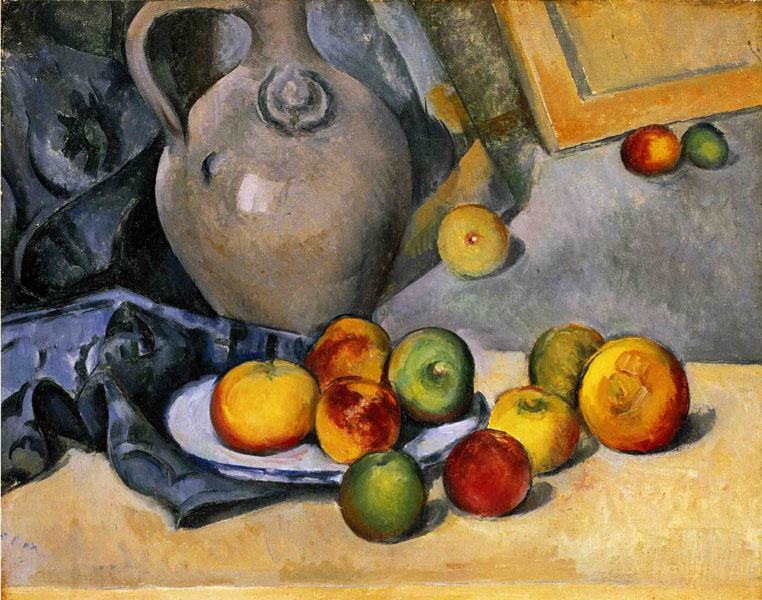
review
Augenschmaus / A Feast for the eyes
Food in Still Life
10.02.2010 - 30.05.2010
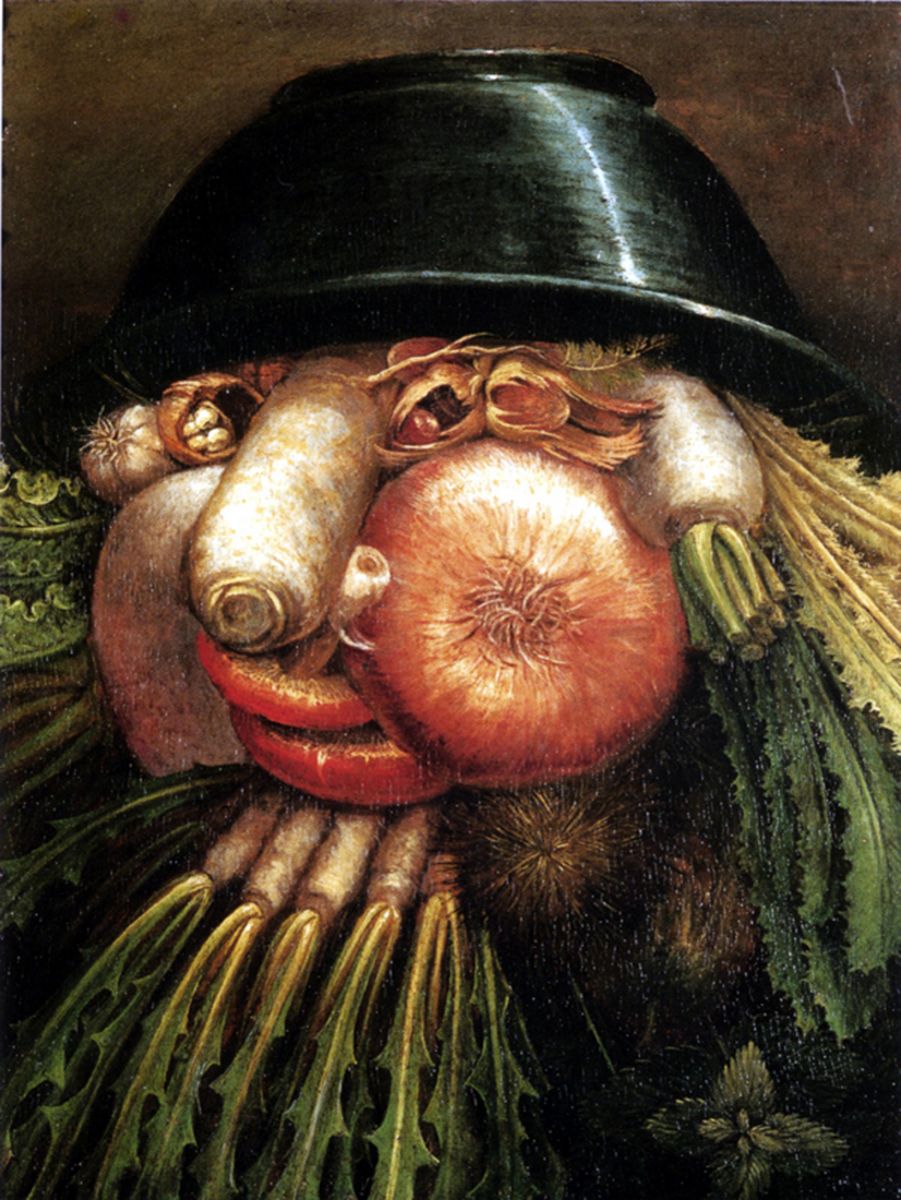
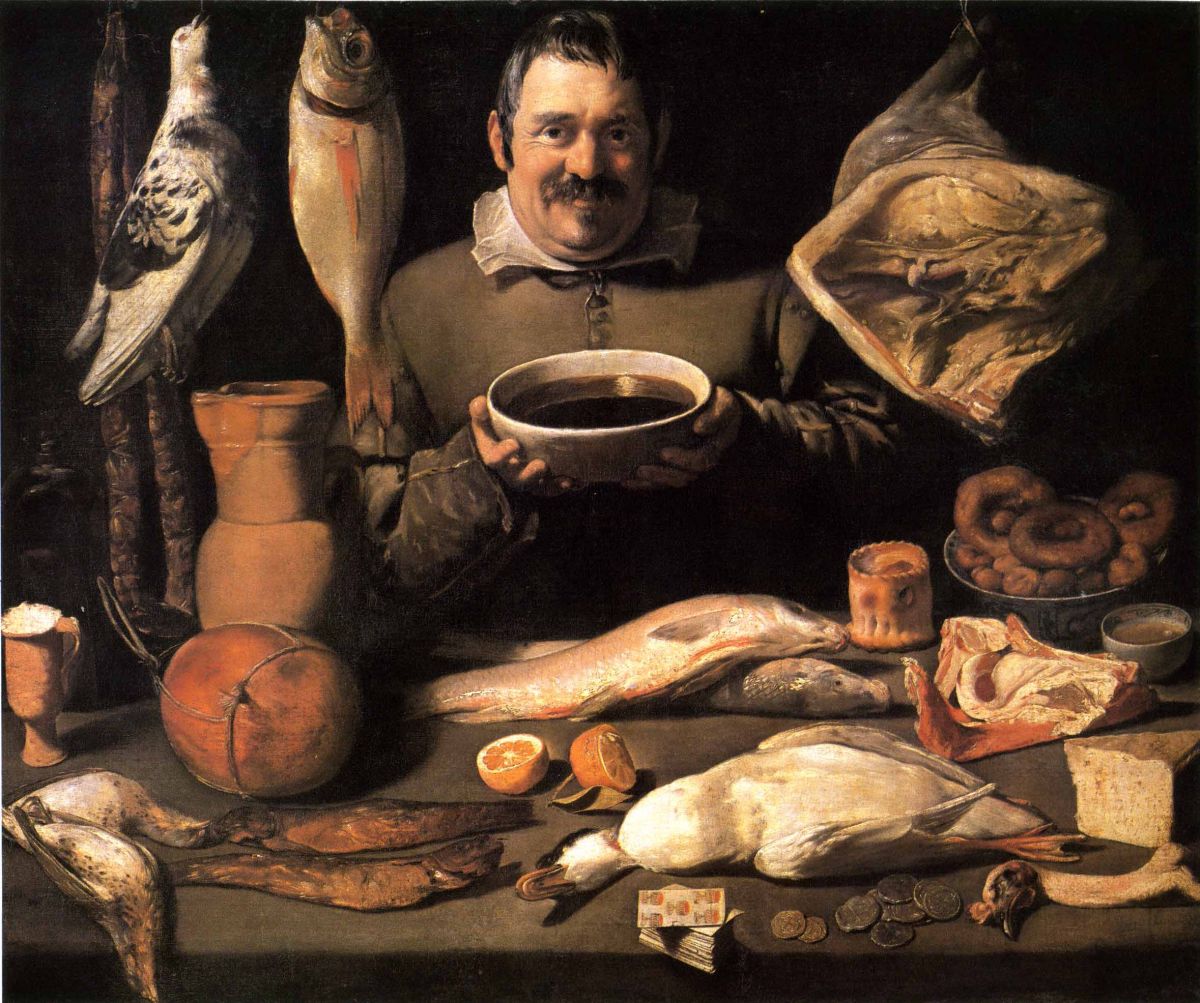
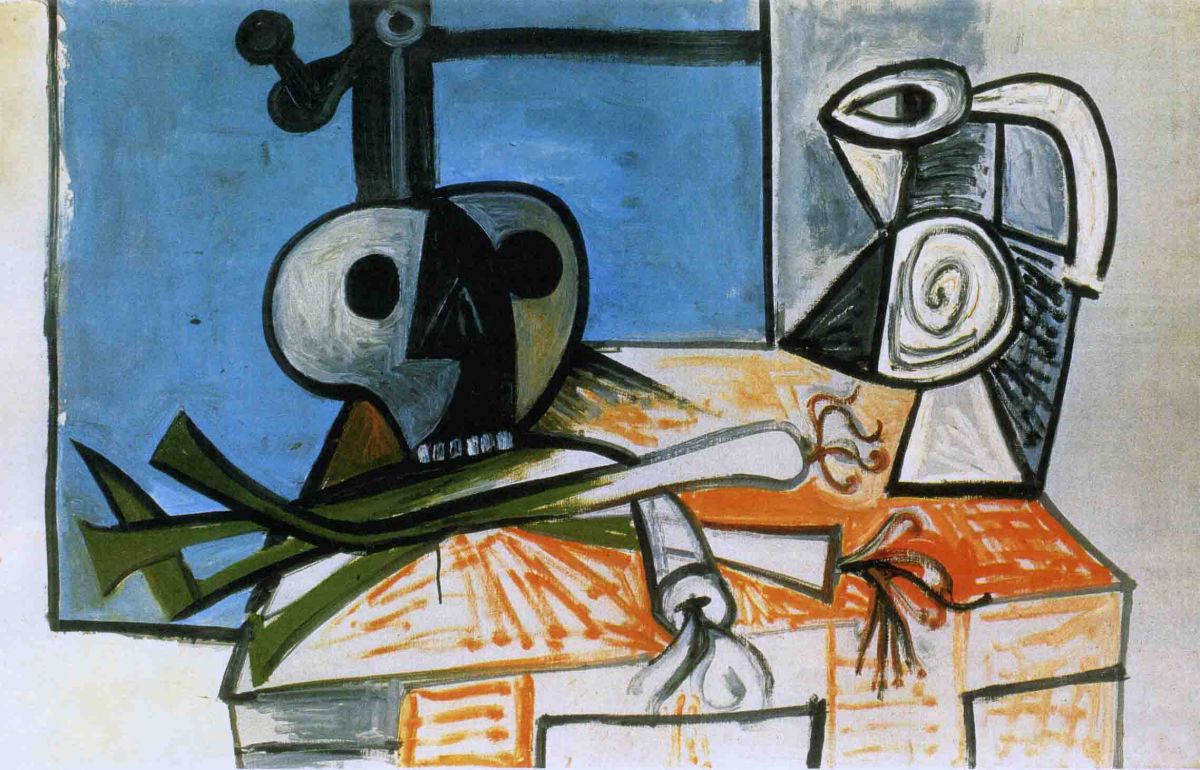
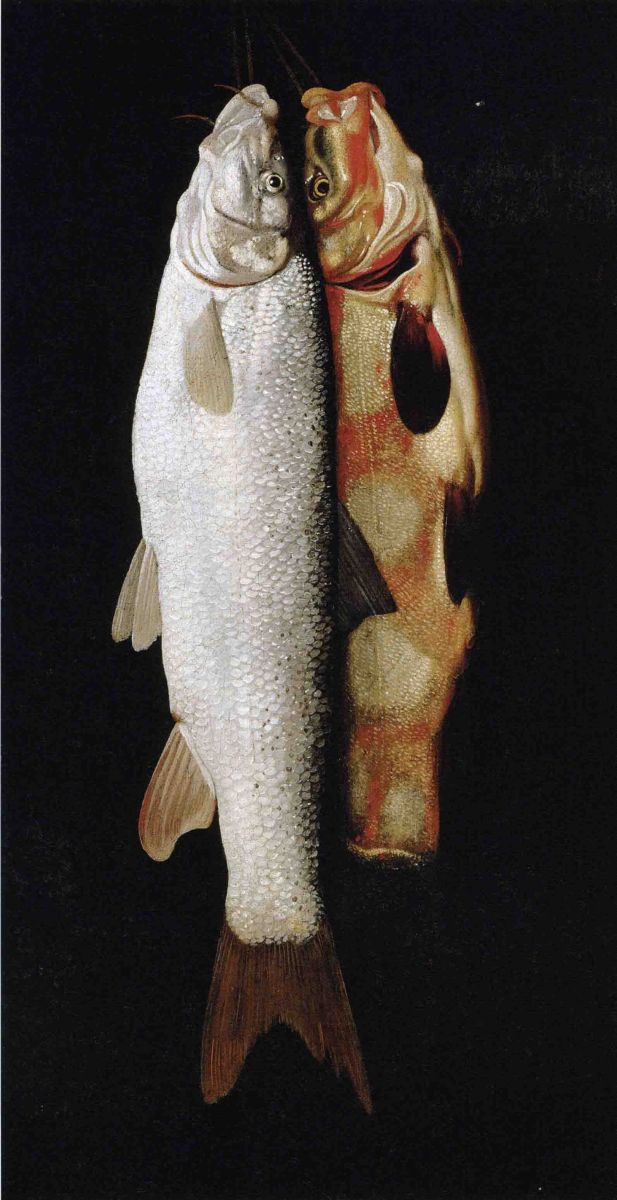
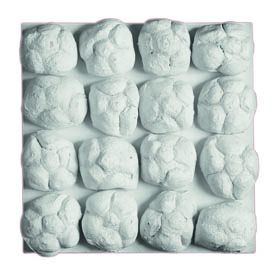
From February 2010 The Bank Austria Kunstforum will show a »culinary« exhibition that will focus its attention on the age-old and ever-changing everyday culture of eating and drinking – a theme which receives its most extensive treatment in the – so to speak – »marginal« genre of still life.
Around ninety exemplary works from different art landscapes and epochs will be on show, tracing in various narrative lines the history and status of food in still life from the sixteenth to the twentieth century. The exhibition presents still life as a changing system of signifiers, positioned in direct relationship to the changes in society and its cultural manners. The question is addressed here as to what extent still life is merely imitation of nature, symbol, or, indeed, construction of reality. A concise juxtaposition of modern and contemporary art works helps to place the spotlight for the first time ever on the continuity, difference and range of still life in its creaturely and symbolic relation to life.
In its promise of an all-encompassing appeal to the senses, still life has always exercised an unbroken fascination, even today, when total availability applies to almost everything. Ever since its origins in classical antiquity, still life has focused on the often overlooked creaturelymaterial level of human existence and thus addressed elemental themes such as the relationship between art and reality, seeming and being, mind and matter, life and death. The exhibition shows how, in capturing the creaturely in paint, still life itself becomes the model of painterly reflection. Starting out with Pieter Aertsen’s kitchen and market pieces, which mark the reversal of significance from the religious to the profane, the exhibition illustrates the continuous development of the genre with works of the seventeenth and eighteenth centuries, mainly from the Netherlands, Spain and Italy.
Still life was demoted in the academic hierarchy of genres to the lowest rung of the ladder and denigrated as an inferior form of artistic expression because of the non-heroic »lower existence« of its subjects. Nudged out of the main focus owing to this very label of insignificance, still life was thus always predestined to become a field of experiment for painters. So it is no wonder that the achievements of modern painting with its successive retreat from an imitation of nature are associated with the representation of the marginal – and in the end with the genre of still life. The exhibition will demonstrate this through a wide range of art works – from Chardin to Cézanne and Picasso.
A pointer to the potential continuations of this development might be seen in the transformation of food from being the subject of painting to the actual artistic material in Eat Art – this also receives its own section in the exhibition.
curated by
Heike Eipeldauer
review
Frida Kahlo Retrospektive
01/09/2010 - 05/12/2010
review
